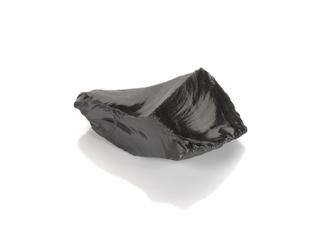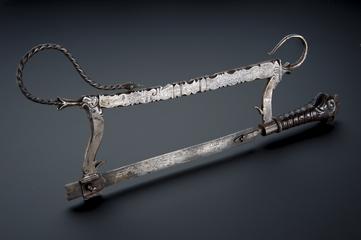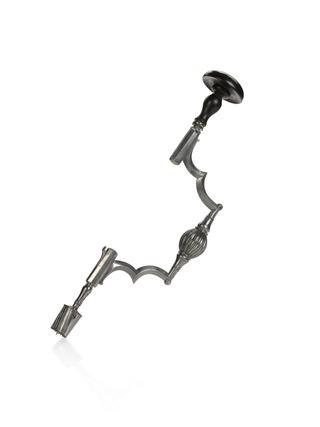




'wolf'-shaped surgical instrument, steel, Indian
Ancient instrument designs incorporated the heads of animals. This replica example represents a wolf. This is apt because the ‘mouth’ has sharp edges for cutting. The original was likely used within Ayurvedic medicine. This ancient medical tradition has its roots in the Indian subcontinent. Surgery (Shalya-chikitsa) is one of the eight branches of Ayurvedic medicine. However, it is now a diminished element in Ayurvedic practice.
The Susrata Samhita is a classic text of Ayurvedic medicine. It describes a range of surgical practices. It was written by Hindu surgeon Susrata who practiced from about 500BCE.
Details
- Category:
- Surgery
- Collection:
- Sir Henry Wellcome's Museum Collection
- Object Number:
- A643676
- Materials:
- steel
- Measurements:
-
overall: 10 mm x 180 mm x 70 mm, .19 kg
- type:
- surgical instrument and ayurveda




